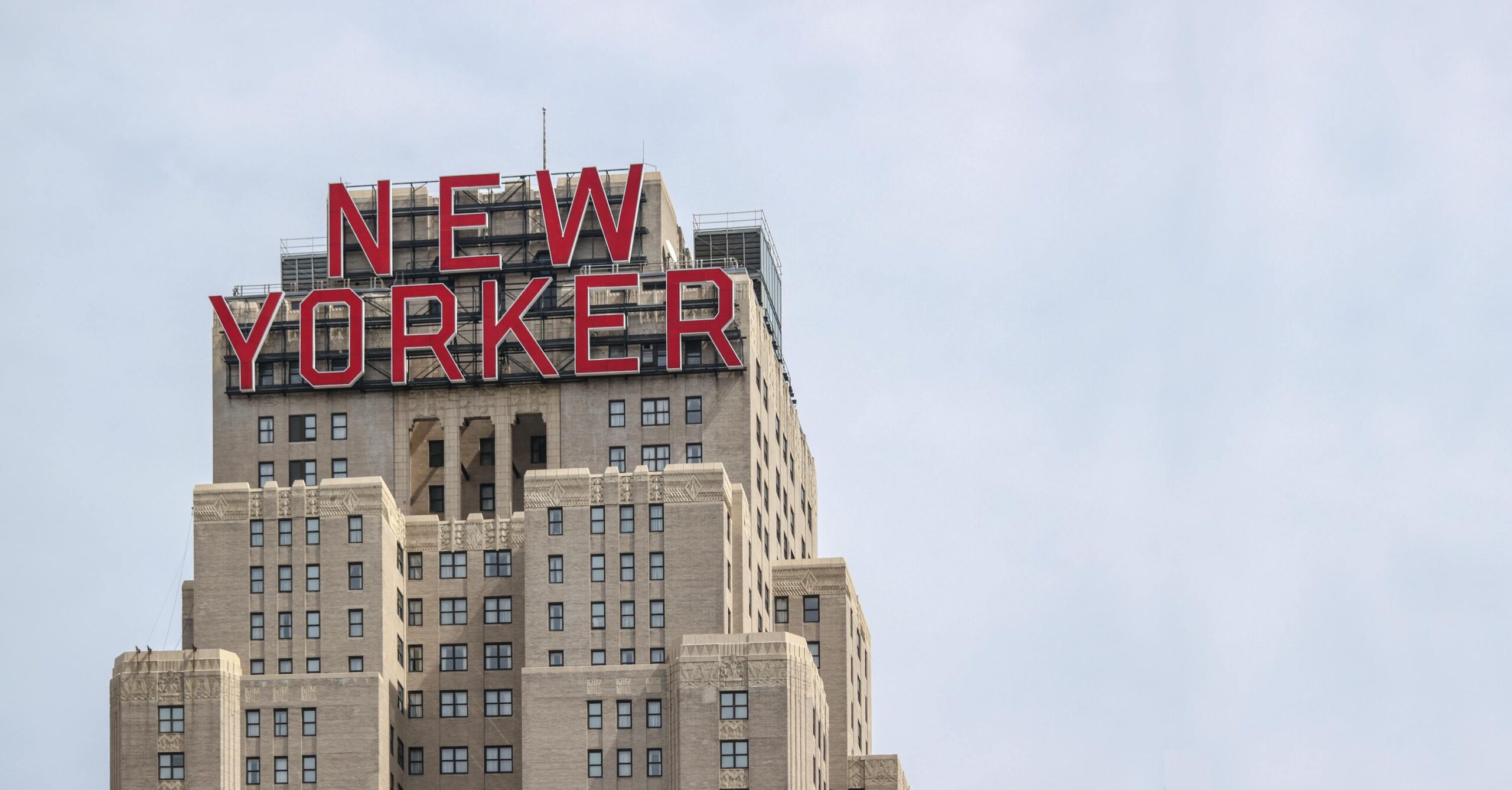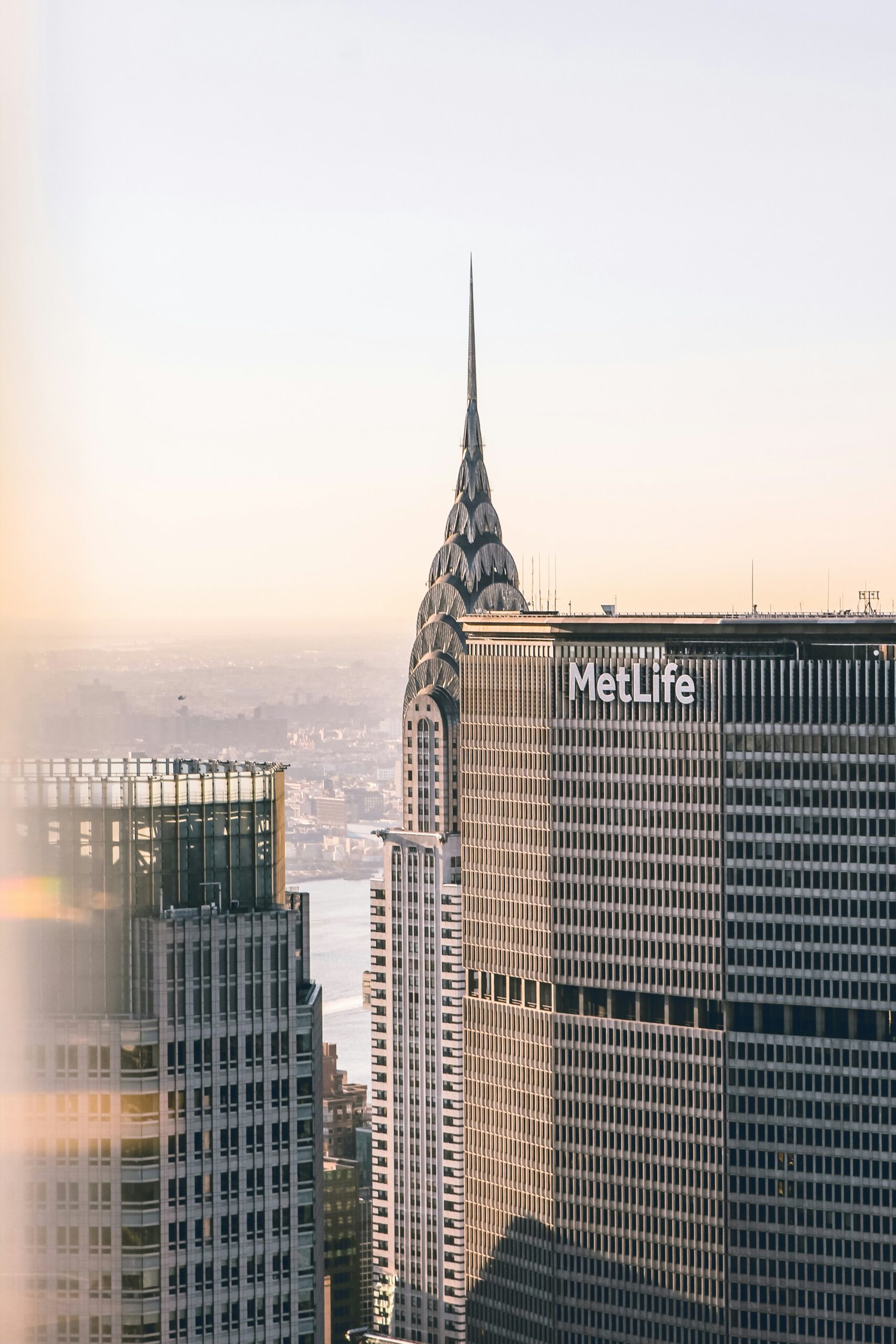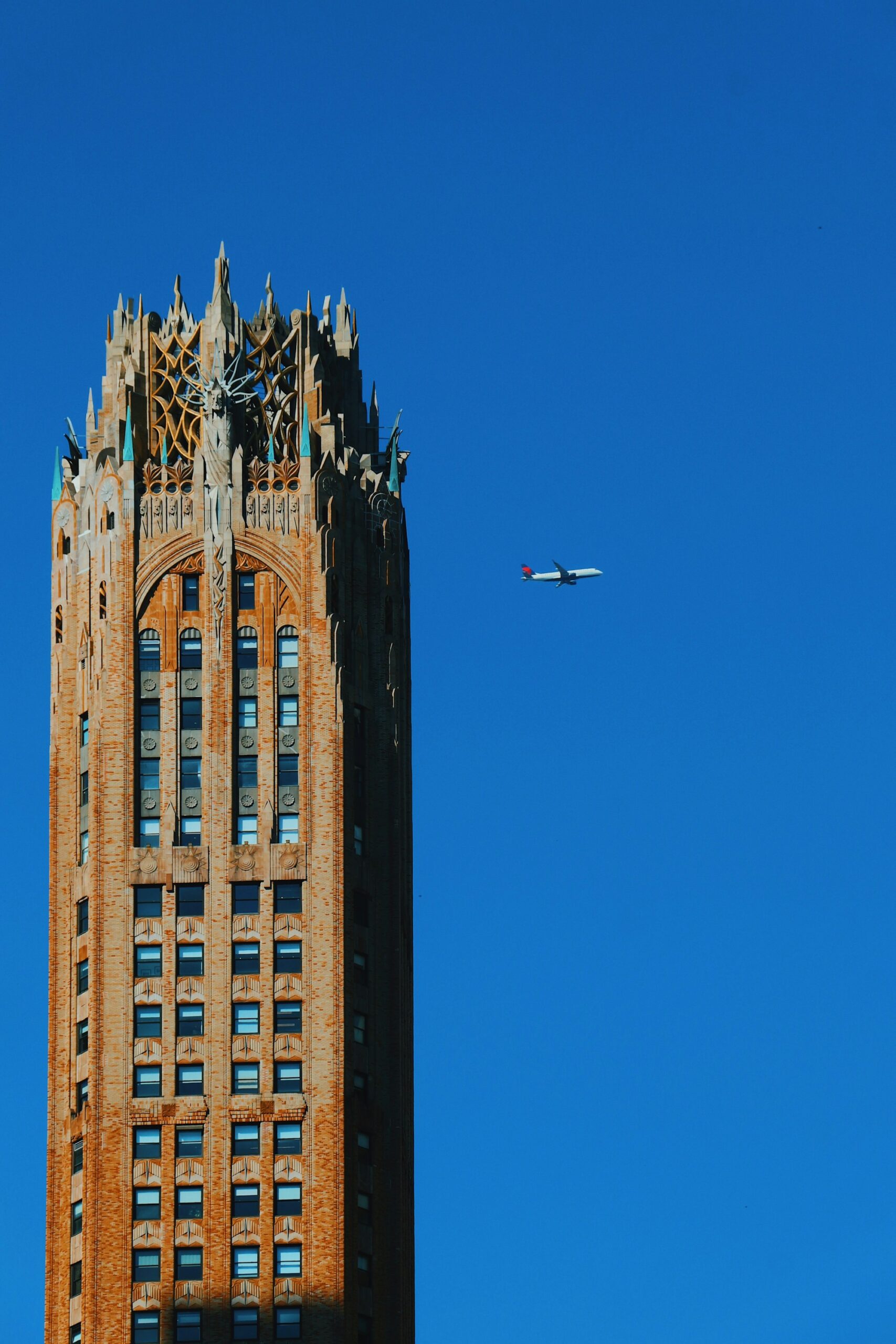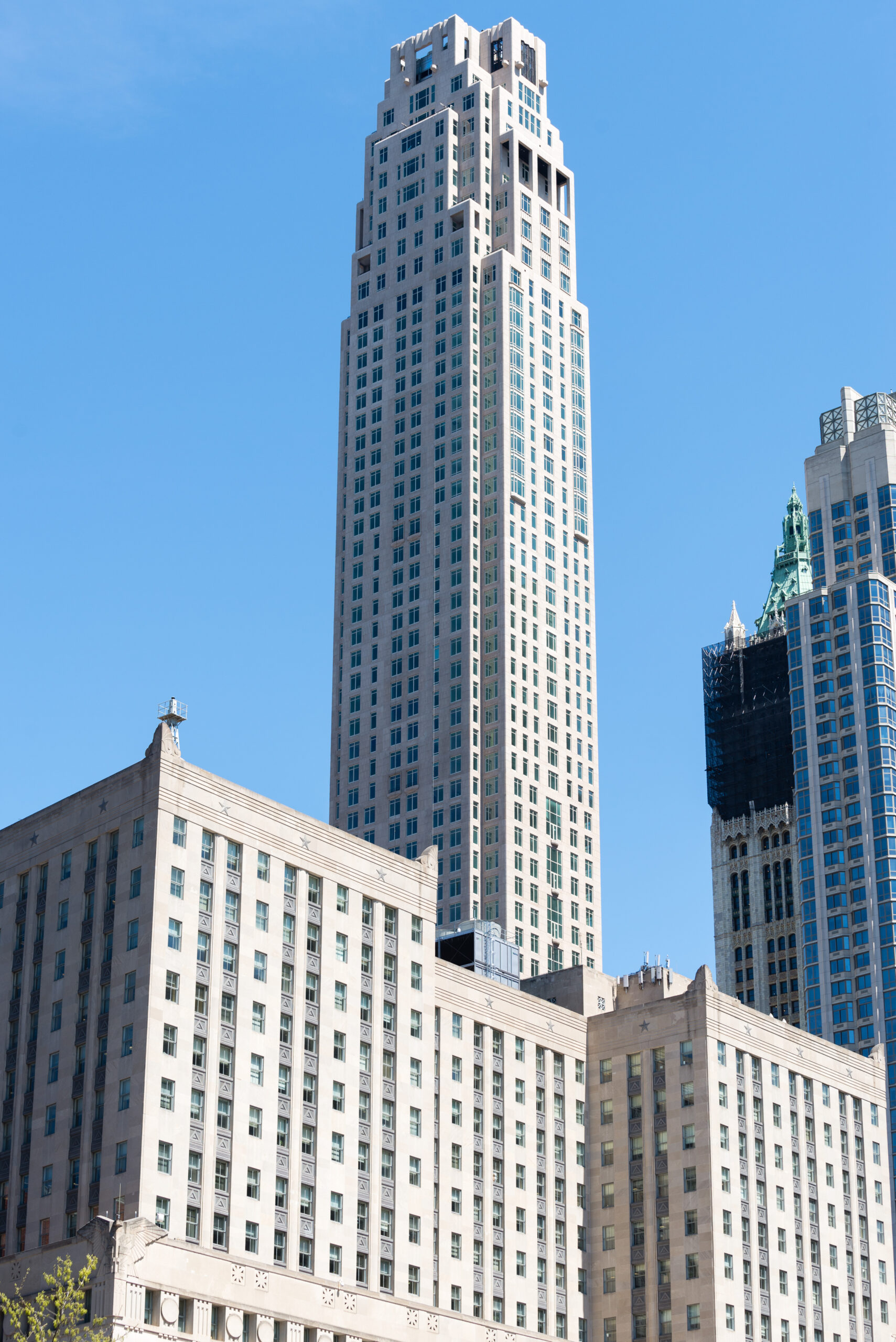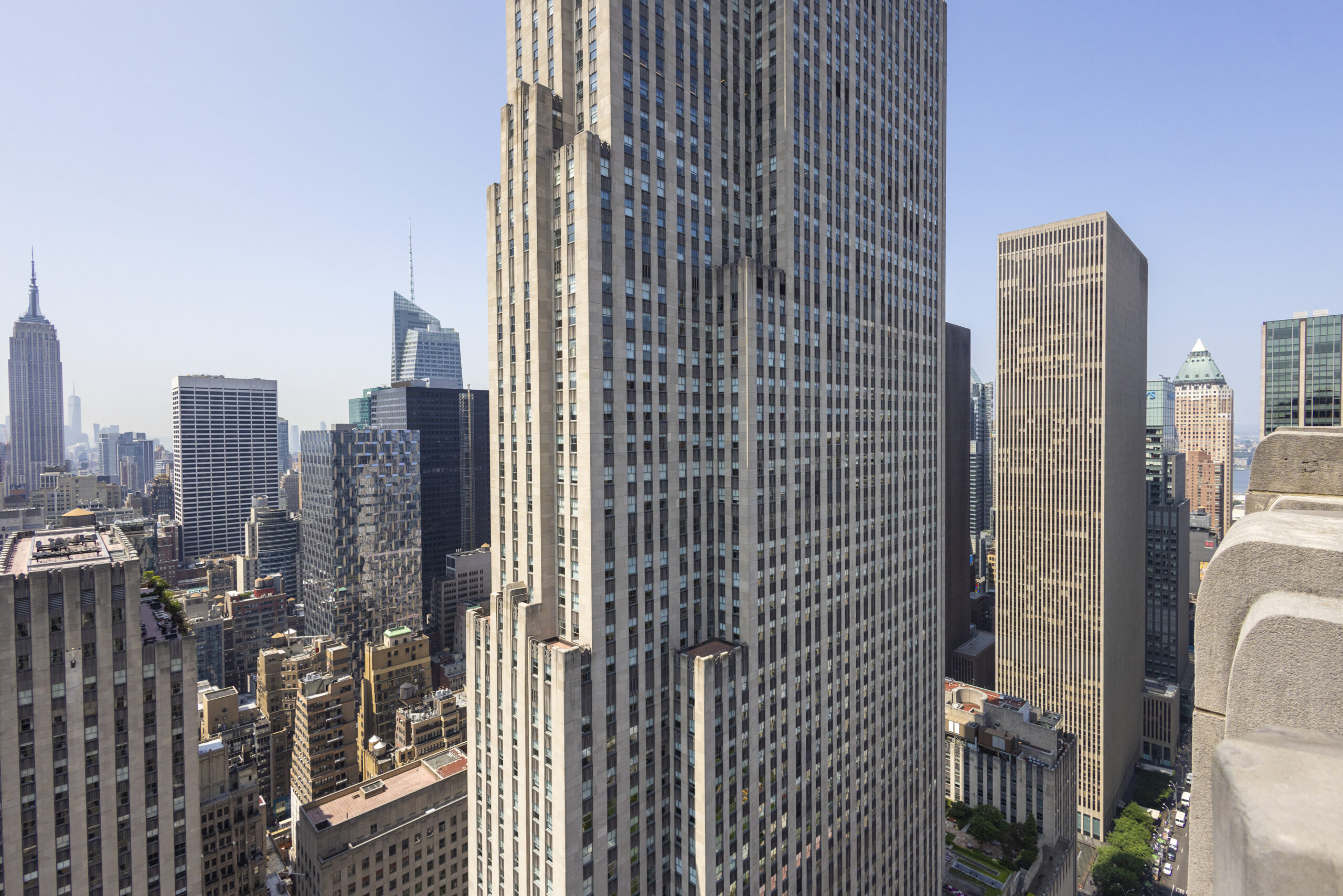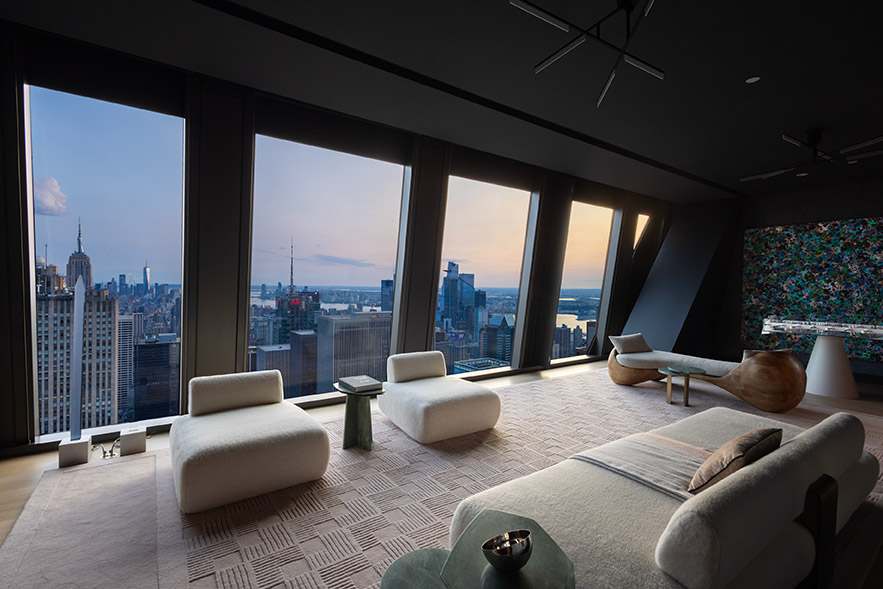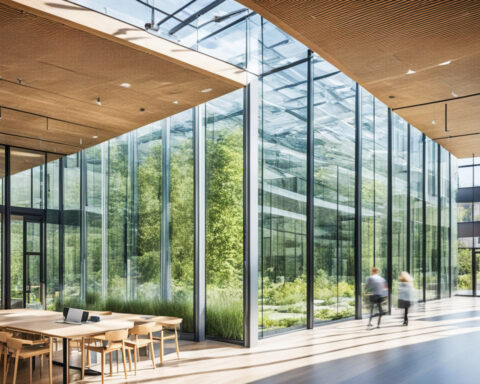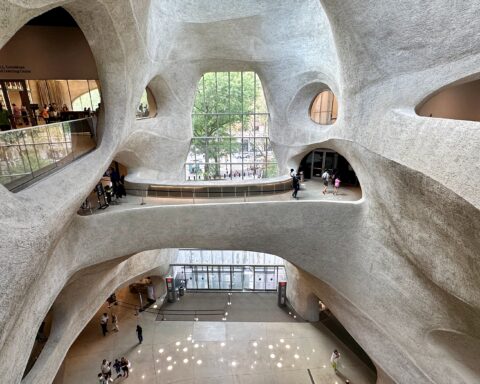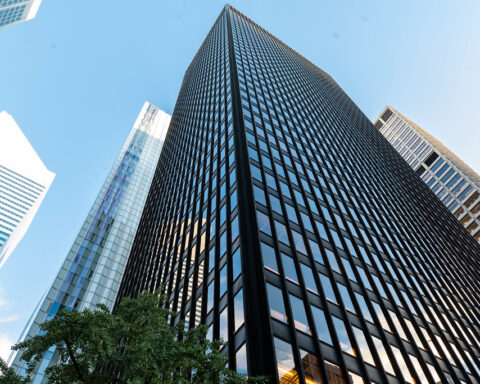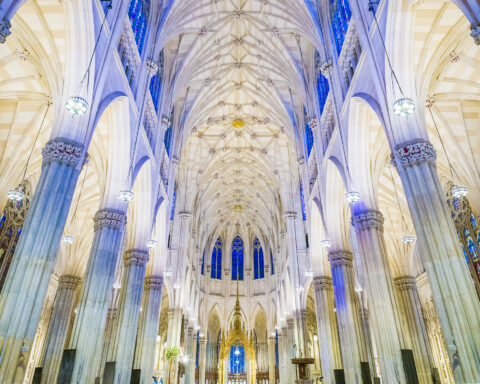Art Deco architecture brought a fresh, modern look to cities around the world. With its bold lines, geometric shapes, and luxurious materials, Art Deco made a big statement in the early 20th century. New York City embraced this style more than most places, filling its skyline with buildings that reflected the optimism and progress of the 1920s and 1930s. You can see this influence all around, making Art Deco architecture in NYC a key part of the city’s character.
NYC became a major center for Art Deco during its heyday, building some of the world’s most famous skyscrapers. The city’s architects used this style to showcase new ideas, create stunning visuals, and symbolize the modern age. Iconic buildings like the Chrysler Building and the Empire State Building didn’t just shape the city’s skyline; they also influenced architecture everywhere. Art Deco helped make NYC a place where dreams seemed possible, where the future looked bright, and where architecture played a big role in shaping the city’s identity.
Art Deco buildings in NYC stand out with their unique designs and attention to detail. The use of ornamental motifs, rich materials, and striking silhouettes gives these structures a timeless appeal. These buildings aren’t just part of New York’s past; they continue to define its look and feel today. The influence of Art Deco architecture in NYC makes the city a living museum of design, where history and modern life blend seamlessly.
The history of Art Deco and how it came to NYC
Art Deco made its way to NYC after the 1925 Paris Exposition Internationale des Arts Décoratifs et Industriels Modernes introduced this fresh and stylish design approach. The event showcased a new focus on modernity, luxury, and sleek design, blending influences from various cultures and historical styles. This mix of ancient and futuristic elements made Art Deco popular across the globe, quickly catching on in cities like New York.
Several factors contributed to NYC’s enthusiastic embrace of Art Deco:
- Cultural Energy: The Roaring Twenties brought a sense of excitement and a push for innovation, making the city a perfect match for Art Deco’s bold new look.
- Economic Growth: With its booming economy, New York was constructing many skyscrapers, which demanded a modern architectural style that Art Deco could provide.
- Technological Advancements: New construction techniques, such as steel framing and the use of elevators, enabled architects to design taller, more intricate buildings that suited the Art Deco style.
Even during the challenges of the Great Depression, Art Deco remained strong in NYC. The style’s focus on optimism and progress offered a sense of hope, with its elegant buildings standing as symbols of resilience and a brighter future. Art Deco architecture in NYC became not just a design choice but a powerful statement of the times, blending artistic innovation with the city’s evolving identity.
How to recognize Art Deco architecture in NYC?
Art Deco architecture in NYC is all about bold and eye-catching design. Here’s what you’ll notice most:
- Geometric Shapes and Bold Lines: Buildings often feature clean lines and strong, geometric forms, creating a sense of order and modernity.
- Luxurious Materials: Chrome, glass, marble, and other high-end materials add a sense of luxury and sophistication to the exteriors and interiors.
- Ornamentation: Expect to see sunbursts, zigzags, chevrons, and other decorative motifs. These details bring life to the facades and highlight the craftsmanship of the time.
- Vertical Emphasis: Skyscrapers reach toward the sky with tall, narrow designs that emphasize height and grandeur.
These features make Art Deco buildings stand out, offering a visual treat that’s both elegant and powerful. The style’s focus on luxury, detail, and modernity helps explain why it became so popular in NYC, a city known for its ambition and energy.
Iconic Art Deco buildings in NYC
Some of New York’s most famous landmarks come from the Art Deco era. Here are a few you’ll definitely want to know about:
- Chrysler Building: Completed in 1930, this skyscraper is famous for its stainless steel spire and Art Deco ornamentation. It features stylized eagle gargoyles, car-inspired decorations, and a crown with a sunburst pattern that lights up the night. The Chrysler Building’s gleaming exterior and elegant design make it a classic example of Art Deco’s glamour.
- Empire State Building: Finished in 1931, this iconic building held the title of the world’s tallest skyscraper for nearly 40 years. It showcases the Art Deco style with its setbacks, which create a stepped silhouette, and a beautifully decorated lobby featuring marble and murals. The Empire State Building is a must-see for anyone interested in Art Deco architecture in NYC.
- Rockefeller Center: A group of buildings that blend Art Deco design with urban planning, Rockefeller Center features streamlined forms, decorative bas-reliefs, and public artworks. The complex includes famous sites like Radio City Music Hall and the RCA Building, making it a cultural and architectural hub in NYC.
- American Radiator Building: This 1924 building stands out with its black brick facade and gold trim. Its unique design, using dark colors and contrasting details, was ahead of its time. The building’s look represents the power and elegance associated with Art Deco.
- Daily News Building: Known for its vertical lines and sleek design, this building opened in 1930. It includes a lobby with a giant globe and murals that celebrate the news industry. The Daily News Building’s modern appearance and innovative use of materials made it a model for other office buildings that followed.
Lesser-Known Art Deco Gems
While everyone knows the big names, NYC also has some hidden Art Deco treasures. These buildings might not be as famous, but they offer fascinating insights into the city’s architectural history:
- Irving Trust Company Building: Located in the financial district, this building combines Art Deco style with functionality. Its design includes setbacks, decorative spandrels, and a polished limestone facade that adds to its impressive look.
- General Electric Building: Adorned with carvings that symbolize electricity and energy, this building showcases the theme of technology through its design. Its tower and spire feature lightning bolt motifs, emphasizing the power of innovation.
- Fred F. French Building: A mix of residential and commercial space, this building reflects Art Deco’s versatility. The facade features ornamental details and patterned brickwork, making it a beautiful example of Art Deco elegance in everyday architecture.
These lesser-known buildings show that Art Deco’s influence wasn’t limited to the most iconic skyscrapers. You’ll find its touch in various corners of the city, proving that this style truly shaped the character of New York.
The Influence of Art Deco on NYC’s Culture
Art Deco didn’t just change the way buildings looked; it also influenced the broader culture of New York City. The style’s impact can be seen in various aspects of life:
- Interior Design: Art Deco interiors featured sleek furniture, mirrored surfaces, and luxurious materials. Many buildings included lobbies and public spaces that reflected the style’s focus on elegance and modernity.
- Fashion and Visual Arts: The geometric patterns and bold colors of Art Deco also appeared in clothing and artwork. This aesthetic influenced everything from advertising posters to movie set designs, helping to shape the visual culture of the time.
- Cultural Identity: Art Deco architecture in NYC became a symbol of progress, innovation, and glamour. The city’s embrace of this style contributed to its reputation as a center for creativity and modern living. Even today, Art Deco buildings are celebrated as part of New York’s rich architectural heritage.
Preservation and legacy
Preserving Art Deco architecture in NYC has become a priority for many. These buildings hold historical and cultural significance, and efforts are being made to protect them:
- Landmark Status: Many Art Deco buildings have received landmark status, ensuring their preservation and protection from demolition or major alterations.
- Restorations: Ongoing restoration projects aim to maintain the original look and feel of Art Deco buildings. These efforts often include cleaning facades, restoring decorative elements, and updating interiors while preserving historical details.
- Challenges: Preserving these structures isn’t always easy. Modern urban development pressures and the high cost of restoration work pose challenges. However, the commitment to maintaining New York’s Art Deco heritage remains strong.
The legacy of Art Deco architecture in NYC continues to thrive, with these buildings reminding us of a time when design and innovation came together to create something truly special.
Modern interpretations and influence
Even today, Art Deco influences new architectural designs in New York City. While some modern buildings draw directly from classic Art Deco elements, others take inspiration from the style’s emphasis on elegance and detail. You can find contemporary skyscrapers with Art Deco-inspired facades, combining the old with the new to create something fresh.
Art Deco’s lasting appeal shows its timeless quality, proving that good design never goes out of style. As you explore New York City, you’ll see how this architectural movement has left an indelible mark on the city’s landscape and culture. Whether through original buildings or modern interpretations, Art Deco architecture in NYC continues to inspire and captivate, making it an essential part of the city’s identity.
Examples of modern buildings with Art Deco influence
- 30 Park Place: Designed by architect Robert A.M. Stern, this skyscraper features setbacks reminiscent of classic Art Deco towers. Its limestone facade and elegant detailing pay homage to the style while incorporating modern construction techniques.
- The Bryant: Another Robert A.M. Stern creation, The Bryant incorporates Art Deco’s sleek lines and attention to detail. The building’s grid-like facade and refined design elements bring a touch of Art Deco sophistication to contemporary architecture.
- The Fitzroy: Located in Chelsea, The Fitzroy’s green terracotta facade and bronze windows reflect the Art Deco style. The building combines historical design elements with modern amenities, creating a luxurious residential space that echoes the elegance of early 20th-century architecture.
These modern buildings show that Art Deco’s impact on NYC’s architectural landscape continues to thrive. Architects find ways to integrate traditional design with today’s needs, ensuring that the style’s legacy lives on.
Art Deco walking tours in NYC
Exploring New York City’s Art Deco treasures can be an exciting experience. Many walking tours focus on the city’s rich Art Deco heritage, offering a closer look at both famous landmarks and hidden gems. You can learn about the history, design, and cultural significance of these buildings while enjoying a stroll through some of NYC’s most iconic neighborhoods.
Suggested walking tour routes
- Midtown Manhattan: Start at the Chrysler Building and head toward the Empire State Building. Continue to Rockefeller Center, exploring the nearby Radio City Music Hall. This route covers some of the most famous Art Deco landmarks, giving you a sense of the style’s impact on the city’s skyline.
- Financial District: Visit the Irving Trust Company Building, then move to the American Radiator Building. End your tour at the Daily News Building. This route highlights how Art Deco influenced both commercial and corporate architecture in NYC.
- Upper West Side and Chelsea: Check out The Eldorado and The Majestic, two iconic Art Deco residential buildings. Then head downtown to see The Fitzroy. This route shows how Art Deco influenced residential design, blending style with functionality.
Taking a walking tour provides a deeper appreciation of Art Deco architecture in NYC. You’ll see firsthand how these buildings shaped the city’s character and contributed to its reputation as a center of architectural innovation.
Questions about Art Deco
What city has the most Art Deco architecture?
Miami is known for having the most Art Deco architecture, especially in the South Beach area.
What was the architecture in New York in the 1920s?
New York architecture in the 1920s featured Art Deco, known for its sleek lines, geometric shapes, and luxurious materials.
Is Rockefeller Center Art Deco style?
Yes, Rockefeller Center is an example of Art Deco architecture, with its streamlined forms and decorative details.
What style of architecture is the Rockefeller Center?
Rockefeller Center showcases the Art Deco style, blending modernity with elegant, ornamental designs.
What is the Art Deco capital of the world?
Miami, often referred to as the Art Deco capital, is famous for its concentration of Art Deco buildings.
What architectural style is Times Square?
Times Square features a mix of architectural styles, with a focus on modern, neon-lit commercial buildings.
What architectural style is Manhattan?
Manhattan’s architecture includes a blend of styles, such as Art Deco, Modern, and Beaux-Arts, reflecting its diverse history.
What is a famous architectural structure found in New York?
The Empire State Building, an iconic Art Deco skyscraper, is one of New York’s most famous architectural landmarks.
What style of architecture is TriBeCa?
TriBeCa features a mix of industrial loft-style architecture with modern residential and commercial buildings.
What style of Brownstone architecture is New York?
New York’s brownstone architecture typically reflects the Italianate style, characterized by stoops, bay windows, and ornamental details.
What style of architecture is the Bronx?
The Bronx showcases a variety of architectural styles, including Art Deco, Art Moderne, and Tudor Revival in its residential and public buildings.



